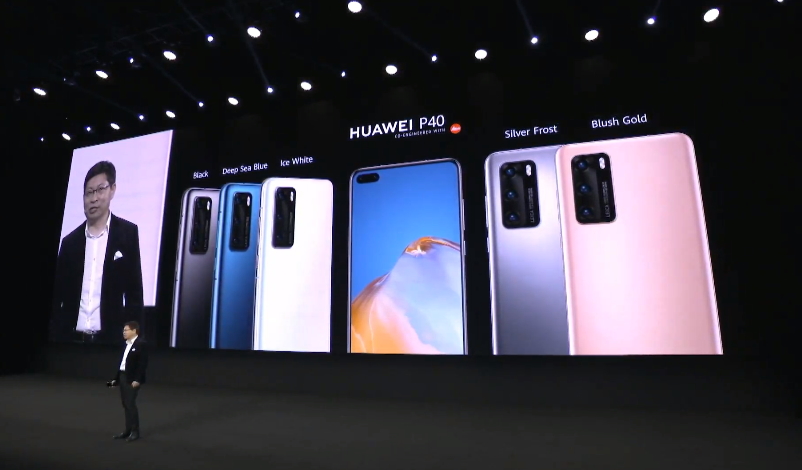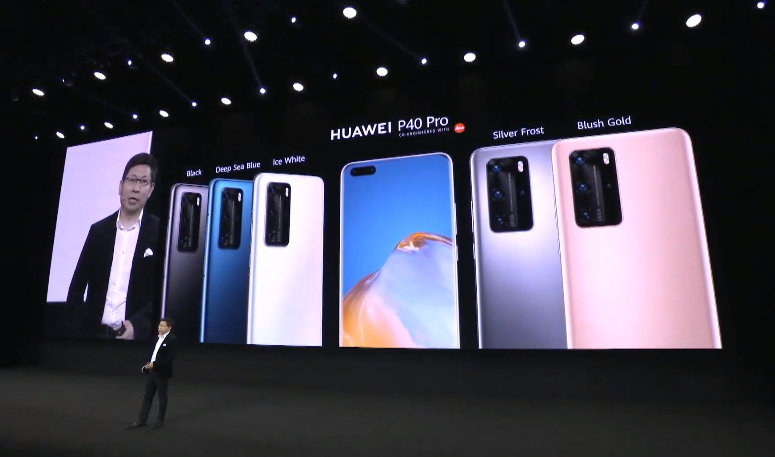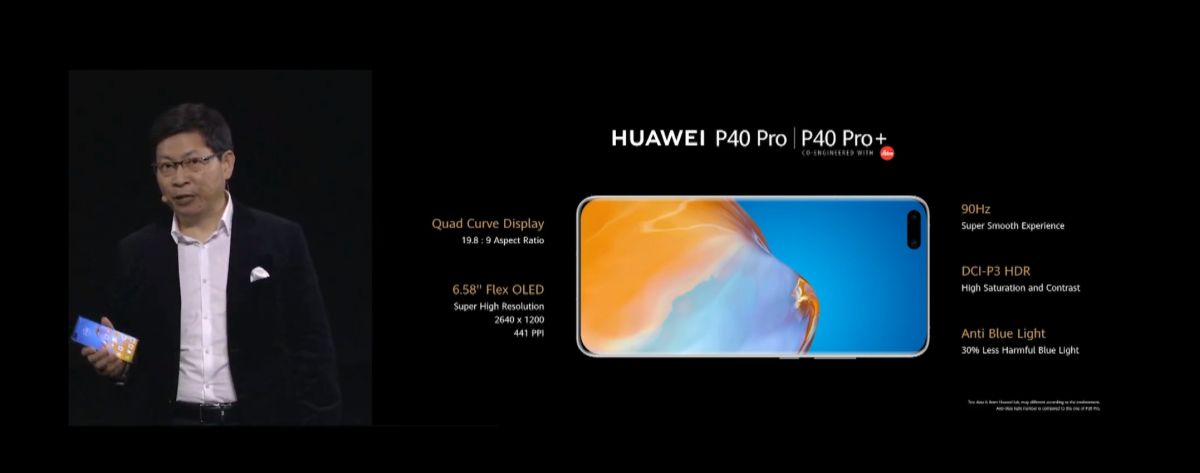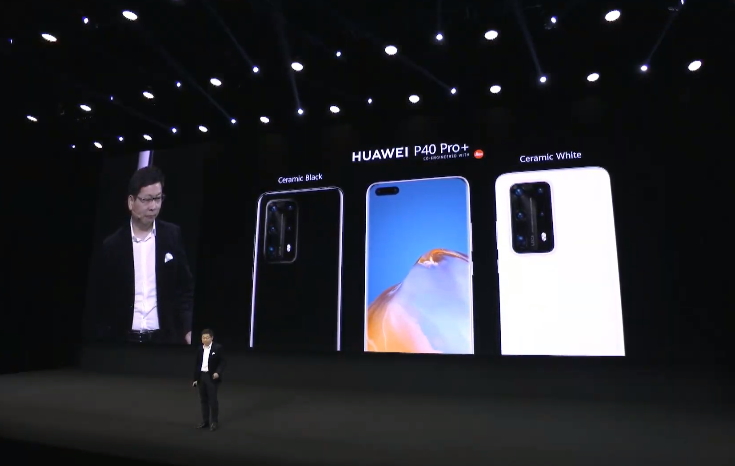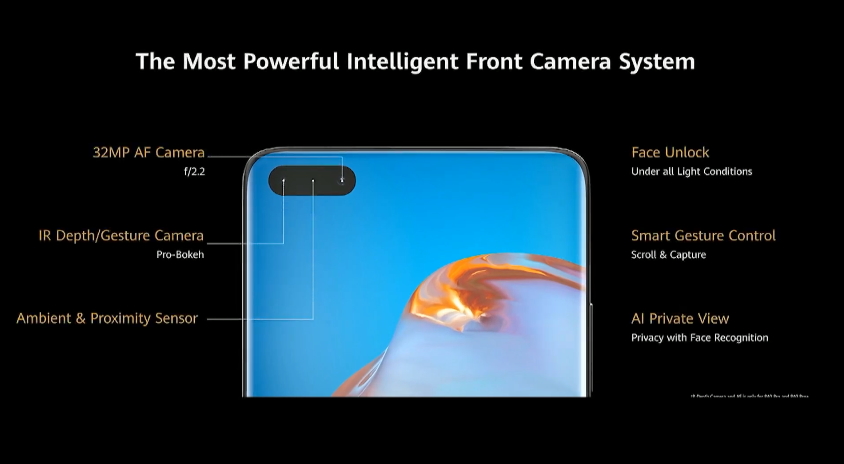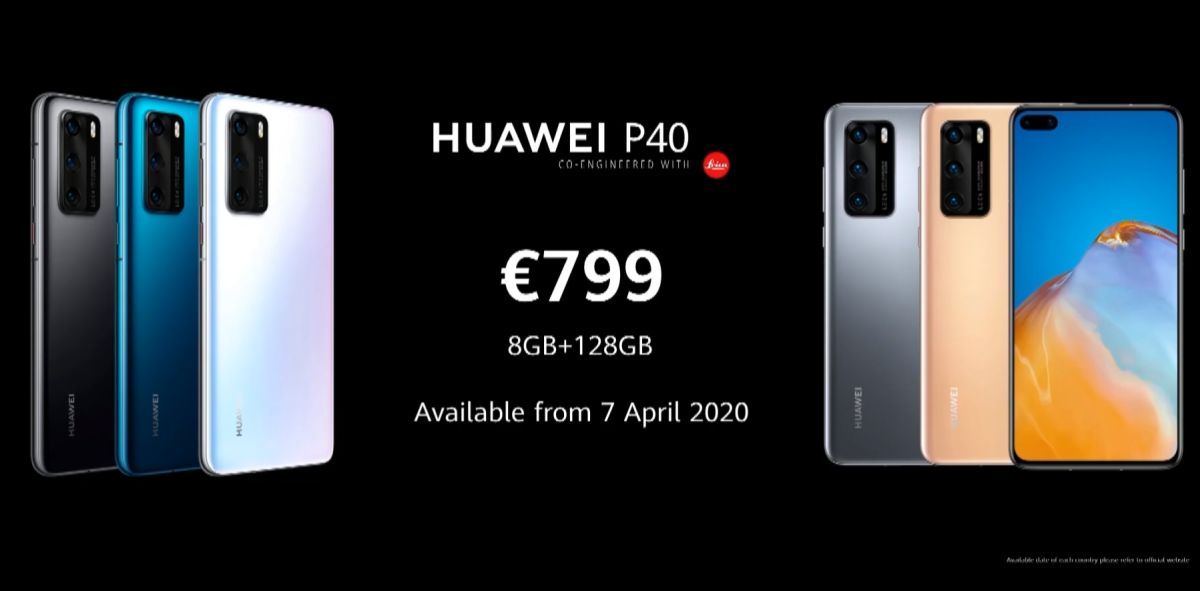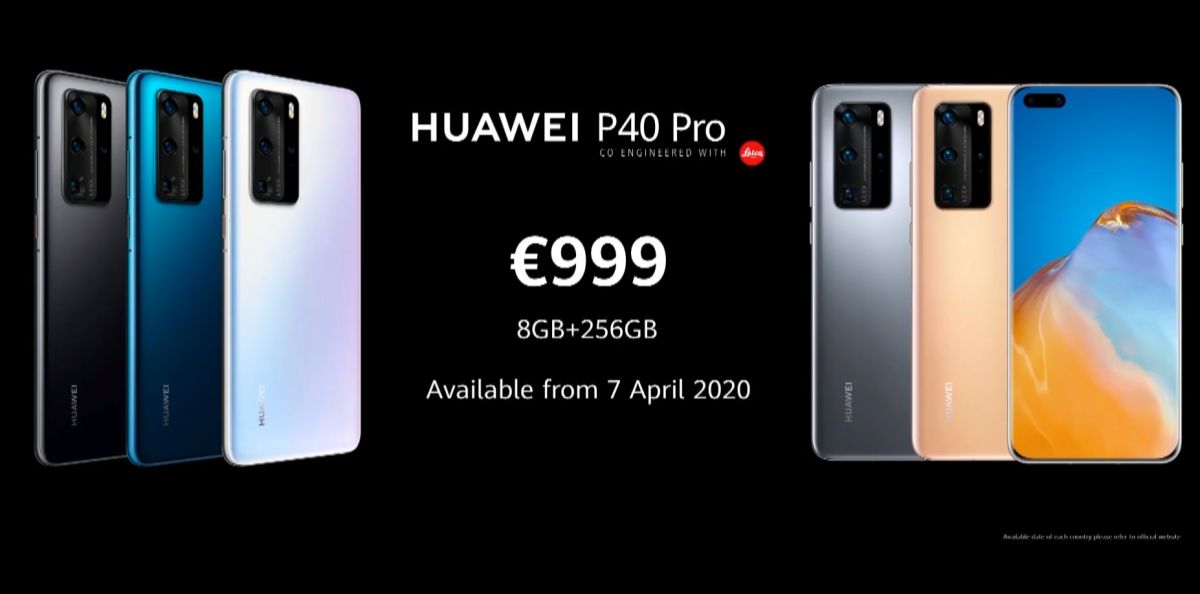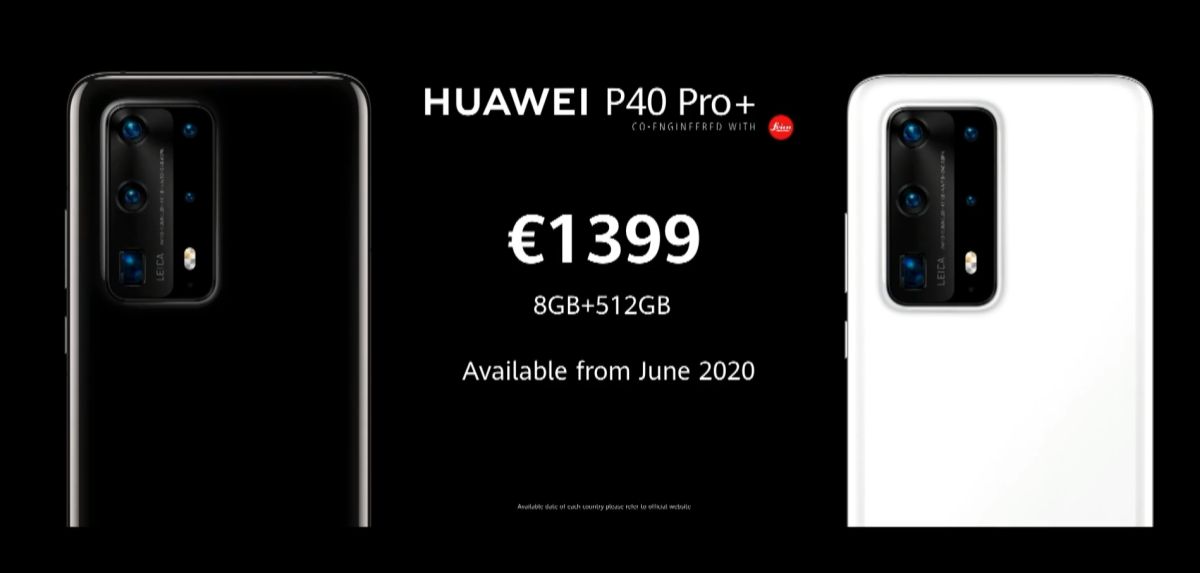Starting with the P40 Pro 5G, the phone features a 6.58-inch OLED display, while the P40 is smaller at 6.1-inch. The display resolution of the P40 Pro 5G is rated at 2640 x 1200 pixels, a refresh rate of 90Hz, and long front-facing camera notch. Beneath the hood, both the P40 and P40 Pro 5G are powered by Huawei’s Kirin 990 5G SoC, but there are obviously some differences in the features on both phones.
On a sidenote, the P40 Pro 5G also has an IP68 rating for water and dust resistance. While that means you can take it for a dunk in the pool, we don’t exactly recommend that you make this a habit. Not unless underwater photography is something you’re deeply committed to. For the P40 Pro 5G, the phone comes with a quad-camera main array, comprising a 50MP Ultra Vision Wide, a 40MP Ultra Wide Cine, a 12MP 5x Optical Telephoto, and Time of Flight (TOF) depth sensor. As for the P40, the phone’s main camera only uses a triple-camera array, comprising a 50MP Ultra Vision Wide, a 16MP Ultra Wide, and an 8MP 3x Optical Telephoto sensor.
To our surprise, Huawei also announced a third device, the P40 Pro+ early in the presentation. The phone is more or less similar to the P40 Pro 5G, sporting the same 6.58-inch 90Hz, Quad Curve, Flex OLED display, as well as the same chipset. Where it sets itself apart is with its main camera; the phone has a penta-camera setup, comprising a 50MP Ultra Vision Wide, a 40MP Ultra Wide Cine, a 10MP 10x Optical Telephoto, an 8MP 3x Optical Telephoto, and a Time of Flight (TOF) depth sensor.
On another note, the 50MP Ultra Vision Wide sensor on both the P40 Pro 5G and P40 Pro+ has a maximum ISO of 409600, while the P40’s ISO level peaks at 204800. It isn’t just hardware that Huawei is peddling with its new smartphones either. The brand is also launching a new range of camera-centric features under its Golden Snap portfolio. These include AI Best Moment, AI Remove Passerby, and AI Remove Reflections.
Earlier we mentioned that all three camera models feature a rather unique front-facing camera. To break it down that front-facing camera module comprises a 32MP AF camera, an IR depth and gesture camera, and an ambient and proximity sensor. Huawei claims that with this new module, people who like capturing selfies will be able to create a better bokeh effect around their pictures.
The Huawei P40 and P40 Pro 5G will be available starting from 7 April, while the P40 Pro+ will only be available starting from June 2020. Price-wise, the P40 and P40 Pro 5G will retail for 799 Euros (~RM3846) and 999 Euros (~RM4808) respectively, while the P40 Pro+ will have a pricetag of 1399 Euros (~RM6734). At the time of writing, Huawei Malaysia has not announced local pricing or availability.
